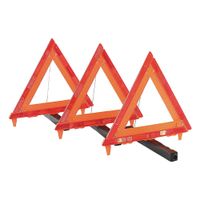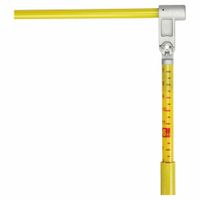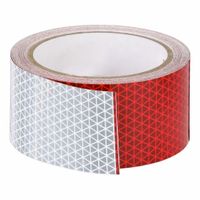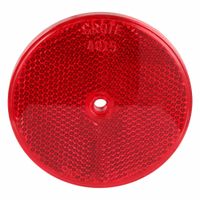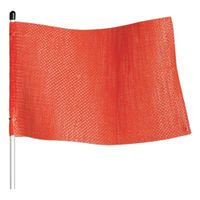- Home
- Fleet Vehicle Maintenance
- Vehicle Accessories
- Vehicle Safety Accessories
Vehicle Safety Accessories
These products aid in maintaining safety around a vehicle. Reflective tape, strips, and stickers help provide additional visibility of vehicles at night or in low-light conditions. Reflectors increase the visibility of a vehicle parked on the road with no street lights by reflecting the headlights o .....Read More
Frequently Asked Questions
What is the best reflective tape for vehicle safety?
How do reflective strips improve vehicle visibility at night?
What are the benefits of using warning whips on work vehicles?
How do vehicle load height bars help prevent accidents?
What should be included in an emergency roadside kit?
How do reflectors enhance vehicle safety in low-light conditions?
Are there specific regulations for using reflective stickers on vehicles?
